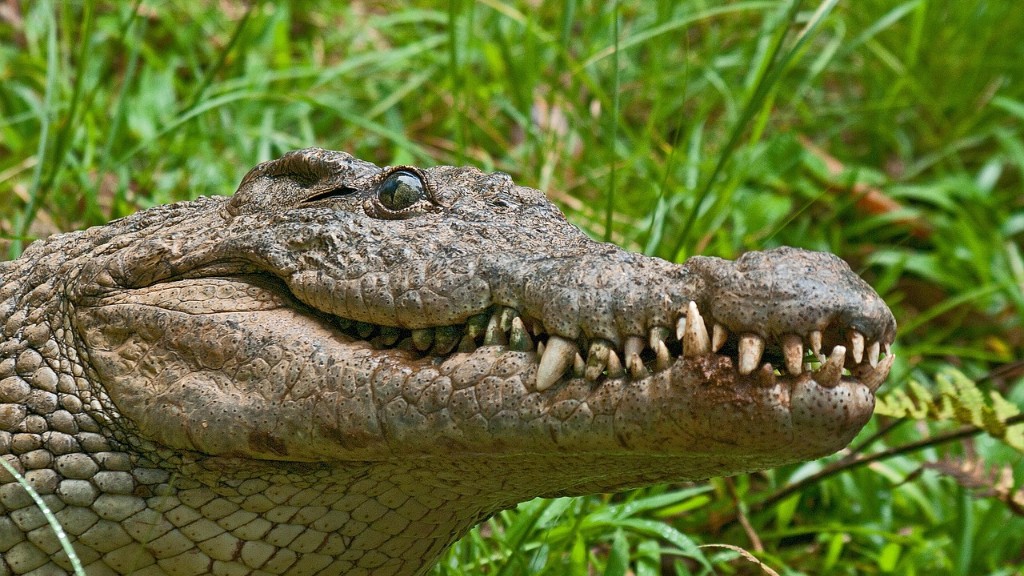Where in Madagascar do Indri Live on the Map
Madagascar, the fourth-largest island in the world, is renowned for its unique and diverse wildlife. Among the many fascinating creatures that call this breathtaking island home, the indri (Indri indri) stands out as one of the most fascinating and iconic species. The indri, also known as the babakoto, is the largest lemur species and is endemic to the eastern rainforests of Madagascar. In this article, we will explore the precise locations where indris can be found on the island.
The Eastern Rainforests of Madagascar
Indris are primarily found in the eastern rainforests of Madagascar. These lush and diverse ecosystems encompass a significant portion of the island’s eastern coast. They stretch from the Masoala Peninsula in the north to the Andohahela National Park in the south. This region is characterized by its high rainfall, which nourishes the dense vegetation and provides a rich habitat for indris and numerous other unique species.
Ranomafana National Park
One of the premier locations to spot indris is Ranomafana National Park. Located in the southeastern part of the island, this protected area covers 41,601 hectares of pristine rainforest. The park’s diverse topography, which ranges from low-lying valleys to steep slopes, provides ideal habitats for the indris. Visitors to Ranomafana have a high chance of witnessing the indris’ awe-inspiring arboreal acrobatics and hearing their distinctive loud calls echoing through the forest canopy.
Andasibe-Mantadia National Park
Another popular destination is the Andasibe-Mantadia National Park, situated east of Madagascar’s capital city, Antananarivo. This park acts as a sanctuary for the indri, harboring one of the highest population densities on the island. Explorers are often captivated by the indris’ black and white fur, piercing yellow eyes, and their unique way of moving by leaping effortlessly through the treetops. The park also offers guided tours and night walks, allowing visitors to further immerse themselves in the indris’ natural habitat.
Marojejy National Park
For the adventurous and intrepid wildlife enthusiasts, Marojejy National Park presents an unmissable opportunity. Located in northeast Madagascar, this remote park is known for its rugged terrain, towering peaks, and pristine rainforests. It provides a habitat for various lemur species, including the indri. Exploring Marojejy is a physically demanding endeavor, but the reward of encountering indris in their natural habitat and witnessing the park’s stunning biodiversity makes it worth the effort.
Analamazaotra Forest Station
Situated within the boundaries of the Andasibe-Mantadia National Park, the Analamazaotra Forest Station is a significant site for indri conservation. This research and training facility has been pivotal in raising awareness about the indris’ habitat requirements and the importance of preserving their unique ecosystem. It also provides valuable opportunities for researchers and visitors to observe and study indris up close, contributing to the ongoing efforts of conservation and scientific understanding.
The Future of Indri Populations
While the indri’s presence in the indicated locations offers hope for their survival, it is worth considering the challenges they face. Madagascar’s unique biodiversity is under threat due to deforestation, habitat loss, and climate change. Protecting the indris and their rainforest homes is of utmost importance to ensure their survival. Conservation efforts, such as establishing more protected areas, promoting sustainable practices, and raising awareness about the indris’ importance, are crucial for preserving these remarkable creatures for future generations.


